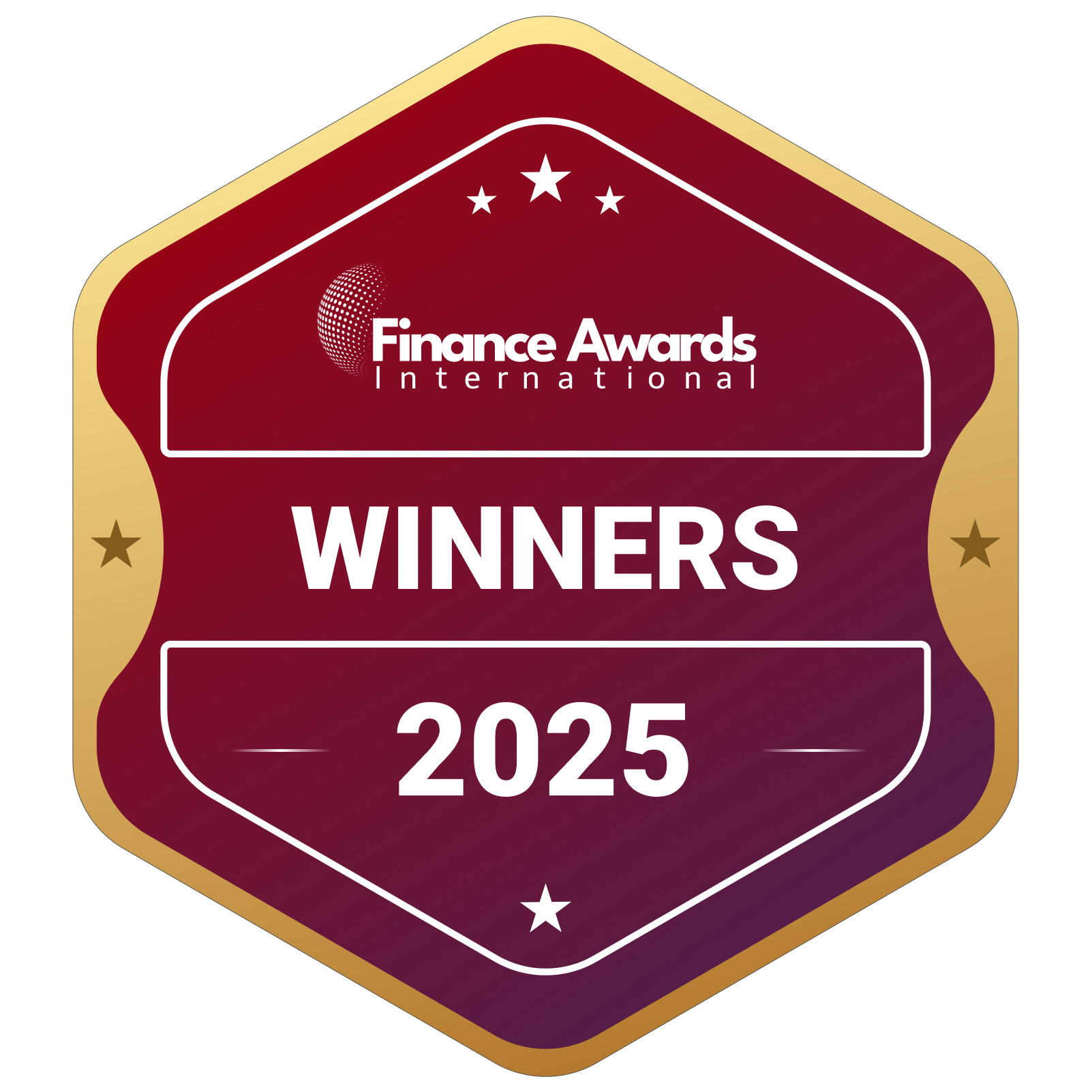Over the past ten years, the fintech lending sector has grown rapidly, challenging established lending patterns and providing consumers with new credit options. Fintech lenders have discovered creative ways to assess applicants and generate loans that have increased opportunities for funds by leveraging sophisticated data analytics and optimized digital procedures.
This article will give a thorough introduction to the fintech lending sector, including its definition, the lending process, the many loan options available, regulatory and risk-related issues, as well as potential possibilities and difficulties. The goal is to provide readers with a comprehensive overview of this emerging sector within the rapidly expanding fintech industry.
What is Fintech Lending?
Fintech lending is essentially the use of financial technology to enable and offer loans to businesses and customers in an automated, digital manner. Fintech lenders have created new lending models that enable them to assess risk and make credit decisions far faster than traditional banks by utilizing strong algorithms and large volumes of alternative data.
Key aspects that define fintech lending include:
- Utilization of advanced data analytics, AI, and machine learning to underwrite loans
- Streamlined and fully digital origination and servicing processes
- Access to capital from institutional investors via lending marketplaces
- Alternative data sources used for underwriting beyond credit scores alone
- Faster application/approval timelines, often within minutes
- A diverse range of loan types from personal to small business loans
Fintech lenders have been able to increase loan availability more efficiently and inclusively than traditional banking models by streamlining data and reducing obstacles. Along with significant potential, this has complicated risk and regulatory issues.
The Fintech Lending Process
The basic lending process employed by fintech companies generally consists of the following steps:
1- Loan Origination
Borrowers complete an online application providing personal/financial details. Alternative data is pulled including utility payments, telecom usage, education histories, etc. Internal algorithms analyze data to generate a proprietary risk score.
2- Underwriting & Decisioning
Additional verifications may include income/employment documentation. Loan decisions are made automatically within minutes in many cases. Approved borrowers receive loan agreements and disclosures digitally.
3- Funding & Repayment
Loan proceeds are distributed via direct deposit within 1-2 business days. Borrowers make recurring payments (daily, weekly, or monthly) via ACH.
4- Collections & Default Management
Delinquent accounts are flagged and contacted via calls/emails. Loans are charged off or sold to debt buyers if not brought current.
Fintech lenders can speed up this process by using data and technology to eliminate manual assessments and shorten the time it takes for applicants to receive a yes. Customized product possibilities are also made possible by advanced screening.
Types of Fintech Loans
Fintech lenders provide a variety of loan types aimed at different borrower categories:
- Personal Loans: General-purpose loans for debt consolidation or home improvement among other uses. Typical loan sizes range from $1,000-$40,000 repaid over 1-5 years.
- Student Loan Refinancing: Refinance federal/private student loans at lower fixed rates for long-term savings.
- Auto Loans: Finance automotive purchases or refinance existing high-rate auto debt.
- Small Business Loans: Provide working capital, equipment financing, and real estate loans to small businesses. Loan amounts are typically $10,000-$500,000 repaid within 2-5 years.
- Credit Card Loans: Pay down existing credit card debt at reduced interest rates
- Mortgage Loans: Primary issuers of digital mortgage options including home equity loans.
Regulatory Considerations in Fintech Lending

Since fintech lending is a relatively young sector of the financial services industry, it works under a constantly changing federal and state regulatory environment. Key regulatory issues include:
Licensing & Compliance
Fintech lenders must obtain applicable lending and collection licenses state-by-state. Comprehensive compliance programs ensure adherence to federal/state consumer laws.
Data Privacy & Security
Sensitive borrower data requires robust protection under privacy and cybersecurity rules Consent and notifications govern the appropriate use of consumer report information.
Unfair, Deceptive or Abusive Acts and Practices (UDAAP)
Strong policies prevent unfair treatment of any protected classes of borrowers. Terms and conditions must be fully transparent without traps.
Interest Rate Caps & Usury Laws
State-based interest limits impact certain high-rate loan varieties. Rent-a-charter and fintech partnership models help navigate this challenge.
Oversight aims to cultivate innovation while curbing predatory tendencies as the space matures. Fintechs must demonstrate robust governance frameworks.
Evaluating Fintech Lending Risk
There is always a chance that a borrower may fail, hence lending always involves some credit risk. But because of their quick development and changing underwriting procedures, fintech lenders also run the following risks:
- Risk associated with the model – Unproven models might not respond appropriately to shifts in the financial climate. Additionally uncertain is relying too much on other data.
- Concentration Risk – Key attributes of portfolios like geolocation, credit tiers, loan sizes, or industries could correlate unexpectedly.
- Operational Risk – Technology or process failures could disrupt loan origination, servicing, or collections functions.
- Reputational Risk – Negative media, lawsuits, or regulatory actions may undermine brands despite programs addressing legal compliance.
- Strategic Risk – Market demand may shift away from certain niche products or macro shocks could curtail investor capital availability.
Close model monitoring and portfolio stress testing help managers identify vulnerabilities to loss and refine risk-adjusted returns over time as more performance data accrues. Conservative underwriting during economic expansions also mitigates the downside.
Opportunities in Fintech Lending
While risks necessarily accompany innovation, the opportunities created through fintech lending have already begun to reshape consumer and small business credit markets in positive ways:
- Expanded Access to Credit – New data sources evaluate 700,000+ US adults previously unseen by traditional lenders each year.
- Better Pricing Models – Sophisticated analytics replace legacy systems to more accurately price risk, lowering rates for many borrowers.
- New Product Variety – Customized offerings fill gaps including 0% APR promotions, credit-builder loans, and working capital for small businesses.
- Improved Financial Inclusion – Originations have grown most rapidly among borrowers with moderate incomes, helping democratize access to affordable capital.
- Streamlined Experience – Fully digital end-to-end processes save time and simplify loan management for both lenders and borrowers.
- Small Business Stimulus – Alternative small business lending platforms have pumped billions into Main Street enterprises fueling local jobs and growth.
Conclusion
In conclusion, the rise of fintech lending represents both an exciting expansion of possibility and an enormous change to the current state of the consumer and small company credit markets. These non-bank lenders are positively expanding the limits of what is possible in lending by utilizing strong new data tools and efficient digital servicing methods. In the upcoming years, fintech has the potential to further diversify financial availability for individuals and businesses of all sorts with continued responsible growth and compliance.








